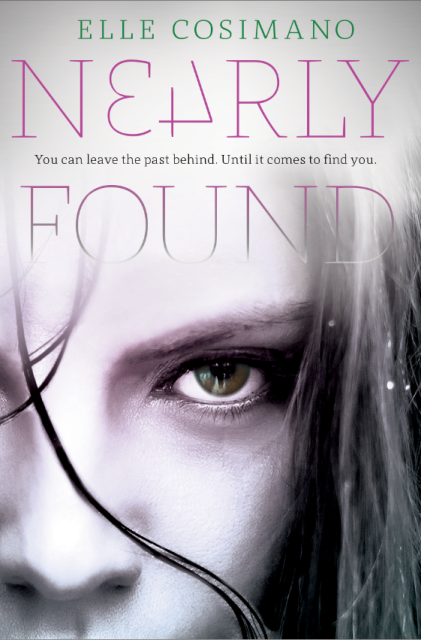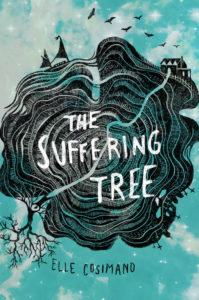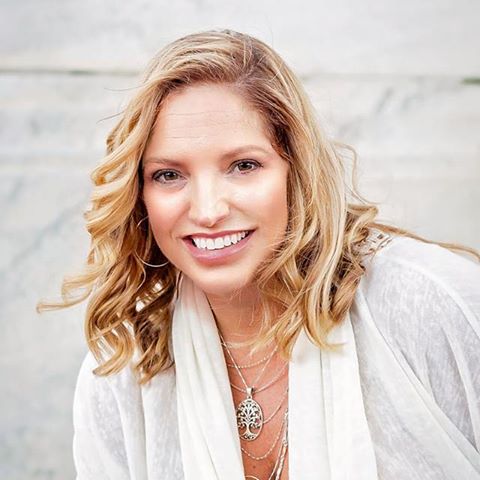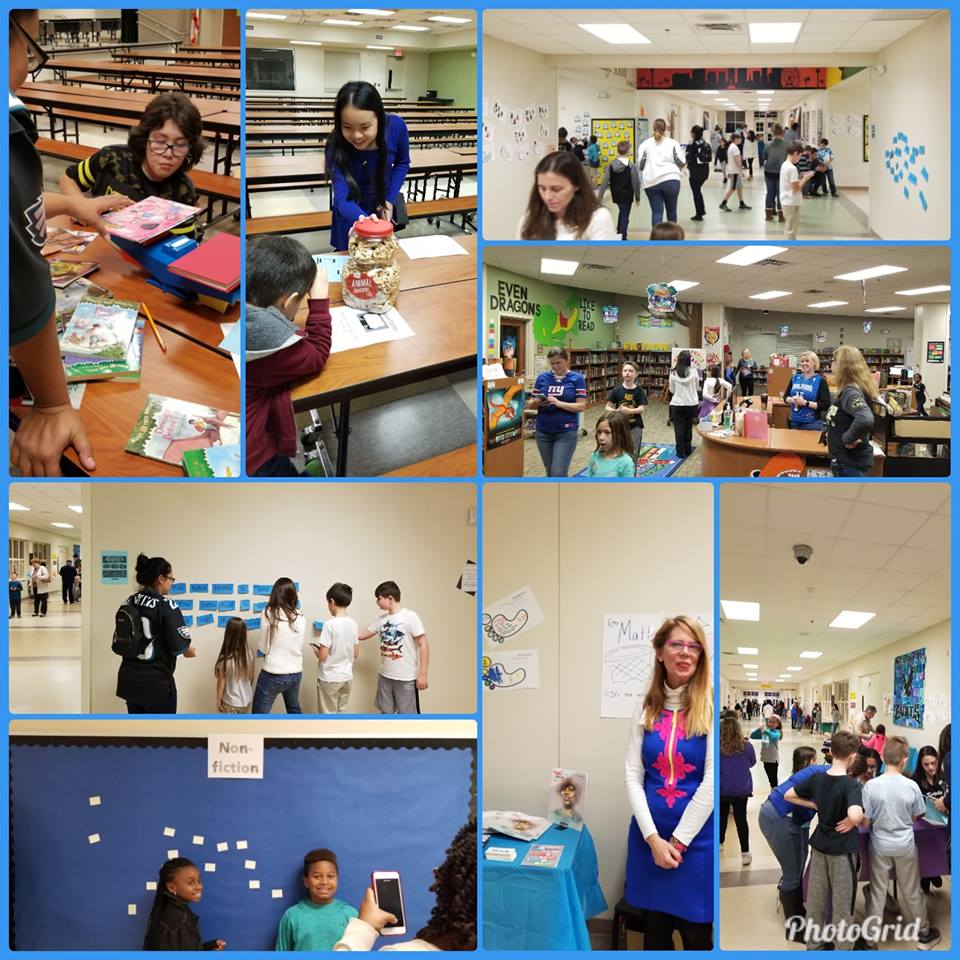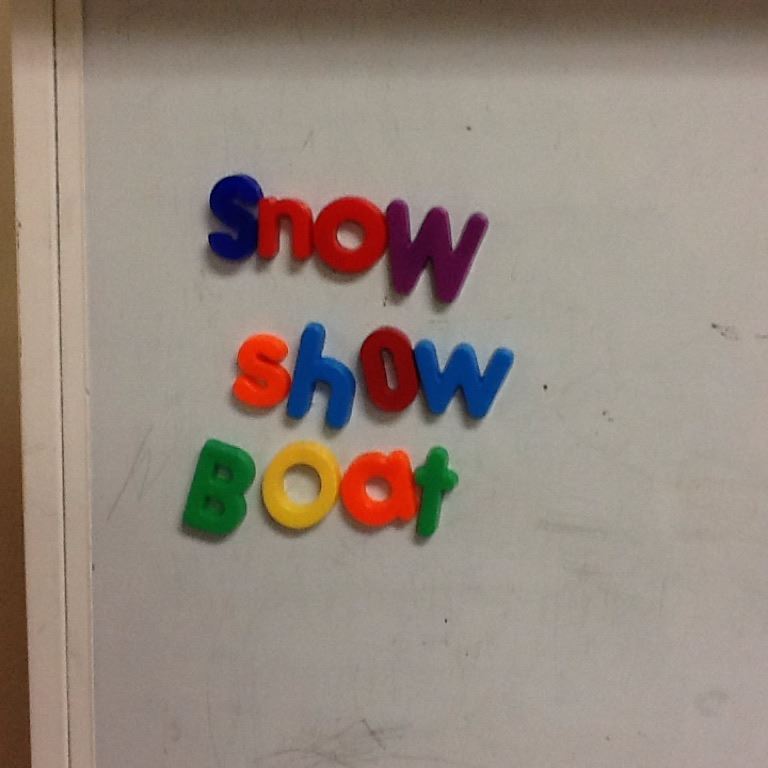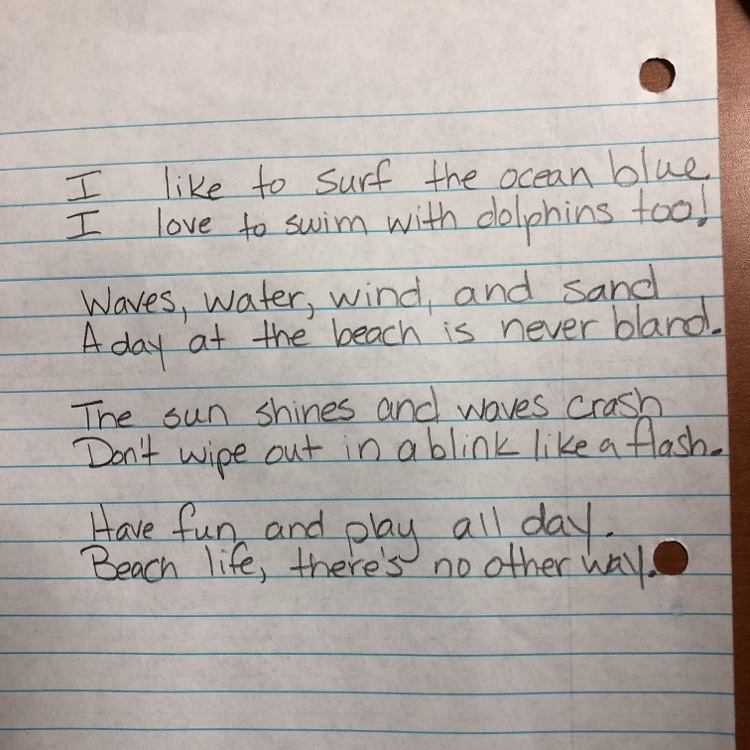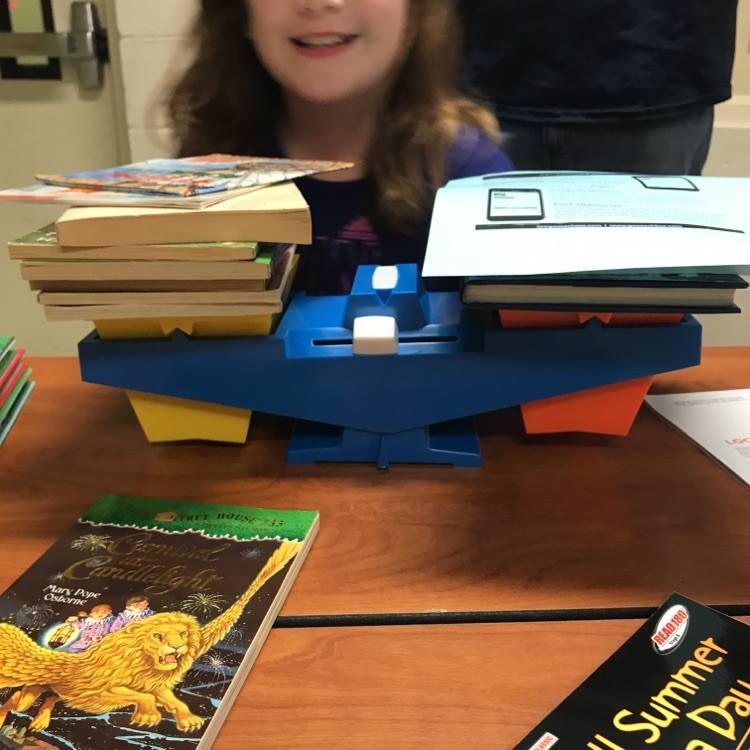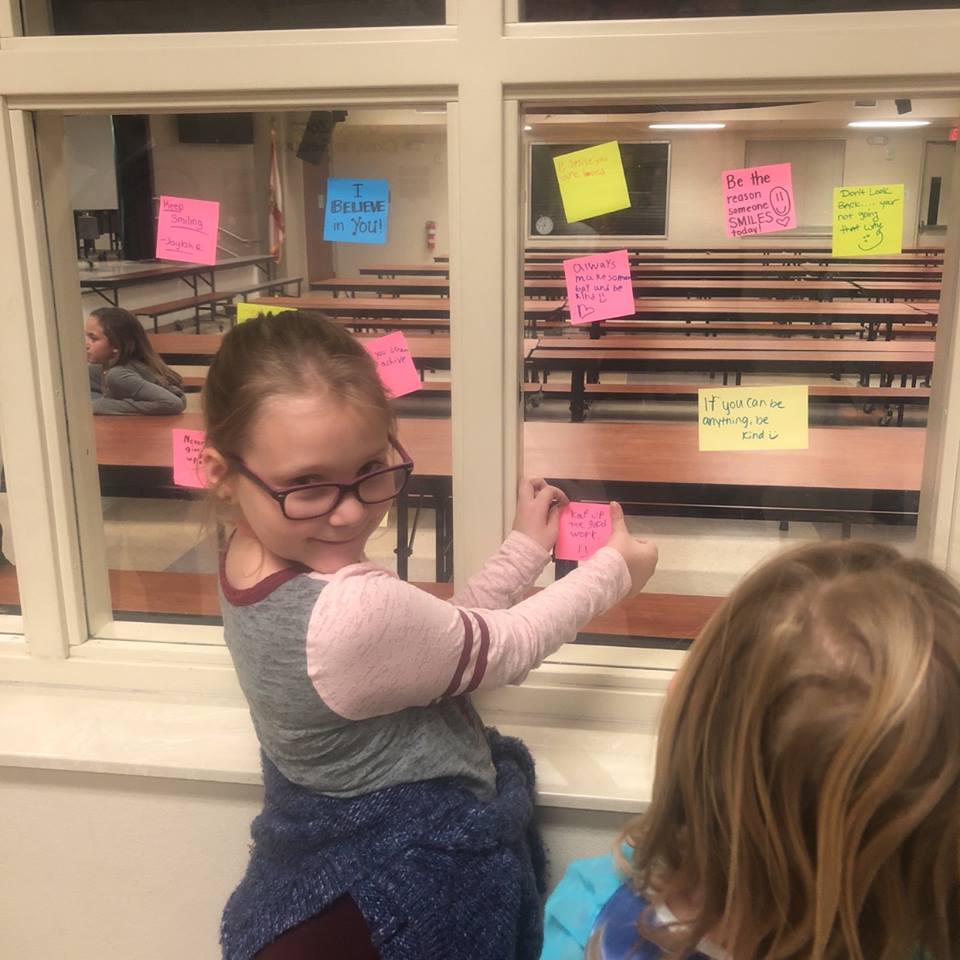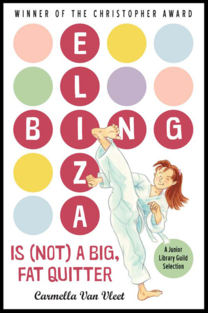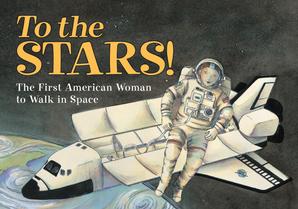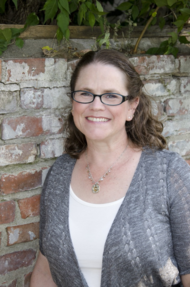One of my favorite book festivals I’ve attended is the Trinity Prep Author Festival organized by Reba Gordan and Georgia Parker.
The TPS Author Festival has become an anticipated event in Central Florida! Not only do these ladies know how to get a school and community pumped up about books, but they know how to make it just pure fun. After attending the 4th annual festival this past February, I reached out to these super stars, asking if they could share with you tips and tricks on how you can put on an author book festival at your school or community.

What inspired you to create this event and open it up to the public?
Georgia: Our inspiration came from YALLFest a huge author festival in Charleston, SC. Four years ago we took a group of 30 students who bought books, met with as many as 60 authors, and attended panels on publishing, writing, and the varying approaches to both. The students were so inspired to read and actually enthused to try their hand at writing that we wanted to bring something similar to our school.
Reba: We realized that nothing provided the same sort of inspiration as meeting authors in person for our students. Something magical happened when the kids met the authors, and we wanted to bring that magic back to Trinity.

What are some first steps you would recommend to someone who would like to start up a book festival themselves?
Georgia: I would suggest attending a festival to get a feel for the flow. Take notes on what you like and don’t like and start out small. Find authors that are local and are willing to share their time and talents.
Reba: I agree with Georgia, especially about finding local authors. I know we wouldn’t be where we are today without the support and participation of the OG YA Glitterati! I’ve also met authors over the past four years who are dumbfounded when their community does not reach out to them as a resource. And use social media! We’ve gotten quite a few authors to join our festival through Twitter engagement.

What is one tip or piece of advice you have to get students excited about literacy and come to an event such as this festival? You had a huge crowd!
Georgia: I don’t know that it’s one thing but a compilation of several. We post what we are reading and book talk constantly. In my English classes I often create a grammar exercises based on teasers to books I have recently finished reading.
Reba: Model what you expect! I love talking about the books I’ve read, and the kids know that I look to them for recommendations, too. We are also lucky to have a very supportive English department and administration. The English teachers promote the Fest in their classes, and some of them even incorporate it into their curriculum through extra credit “scavenger hunts.”
About These Super Stars

Georgia Parker teaches 8th Grade English and Young Adult Literature at Trinity Preparatory School. She has taught English in grades 6-9 at various times in her 27 year career. In 2006 she won the Ellis Award for Excellence in Teaching, in 2009 she was designated an eInstruction Classroom Champion, and in 2013 she was awarded a DeWitt B. & Vera M. Hooker Fellowship Grant. She has presented several times at the Florida Council of Independent School’s yearly conference in the state of Florida. She has also shared presentations on the national level at the Lausanne Learning Institute, Florida Educational Technology Conference, Association for Supervision and Curriculum Development, Assembly on Adolescent Literature, International Reading Association, Association of Independent School Librarians, and the National Council for the Teachers of English. In 2012 she had an article on the importance of promoting the love of reading published in The ALAN Review, and in 2015 she had a book review published in The ALAN Review. During 2017 and 2018 she was a contributing writer for the Teach Write blog. In 2019 she began hosting a monthly author Twitter chat for ALAN that takes place at 7 p.m. on the last Thursday of each month.
She is a member of the National Council of English Teachers, the Assembly on Adolescent Literature, and Delta Kappa Gamma, an International Society of Women Educators. She is an advocate of YA Literature, is Co-Director of the Trinity Prep Author Festival, and holds the Diane and Michael Maher Endowed Chair of English.
Reba Gordon has worked as a librarian for over 19 years with experience at the elementary, middle, and high school levels. Her current role as the Director of the Rich Library at Trinity Preparatory School allows her to teach research skills, promote reading for pleasure, and help students find the information they need to complete their studies. Reba has her B.A. from Vassar College and a Masters of Information and Library Science, along with being an Archivist. Along with colleague Georgia Parker, she is instrumental in bringing a YA and Middle Grade Author Festival to Trinity Prep for the past four years, and coordinates numbers author visits throughout the year. She is a guest blogger with AISL. Reba’s recent conference presentations include FAME, NCTE, AWP, FETC, FCIS, and AISL.
Teachers/Media Specialists: Do you have an inspirational story, survival tip, organizational tip, engaging material, or a way to connect with students? If so click here to sign up.
Authors: Showcase a reading skill through your novel or a tip that develops writing skills. Click here to fill out the form.


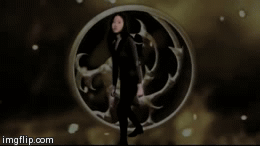





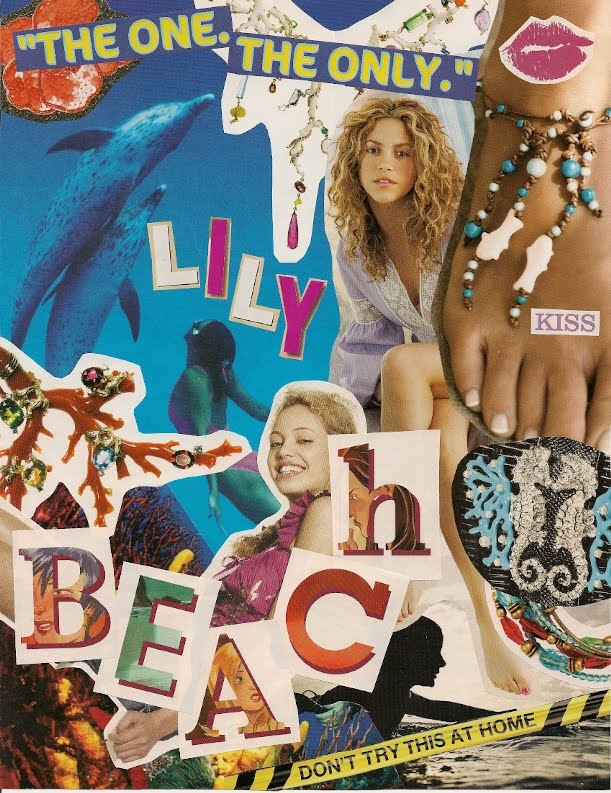
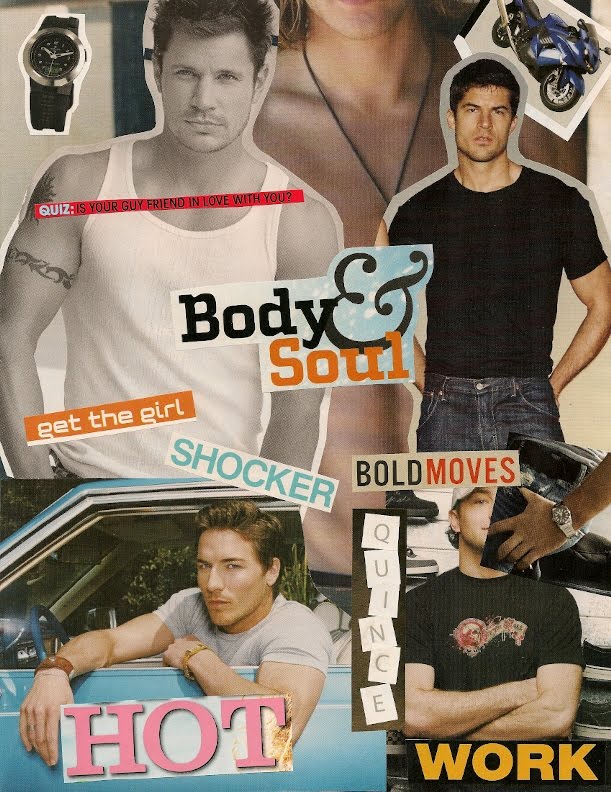


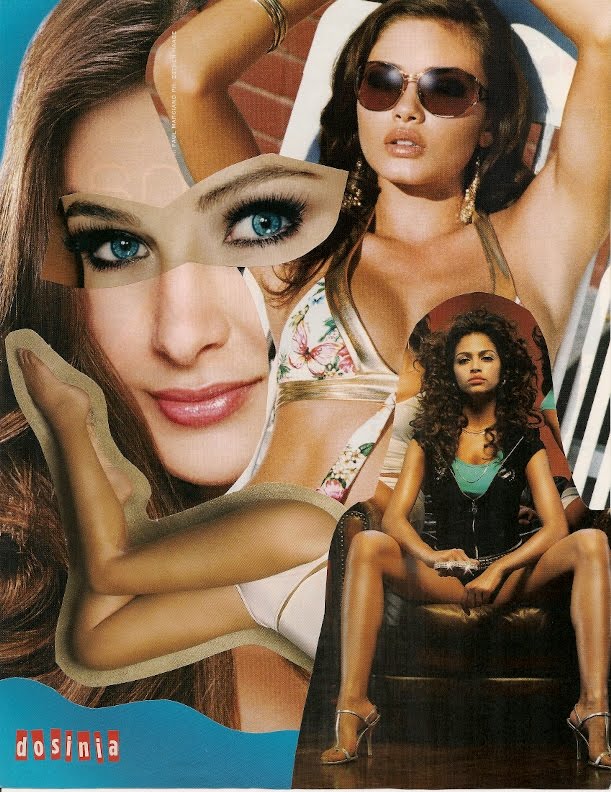

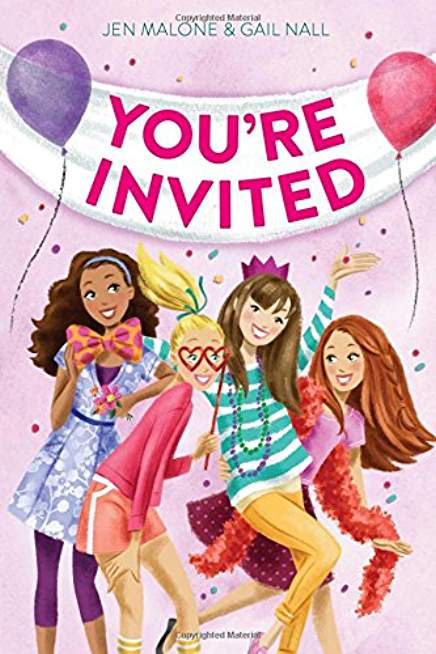
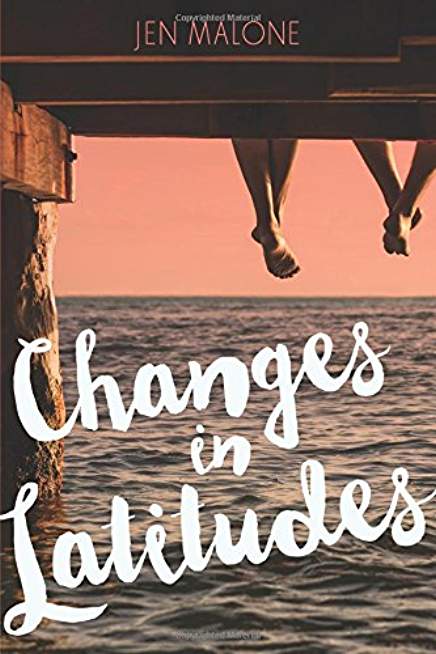
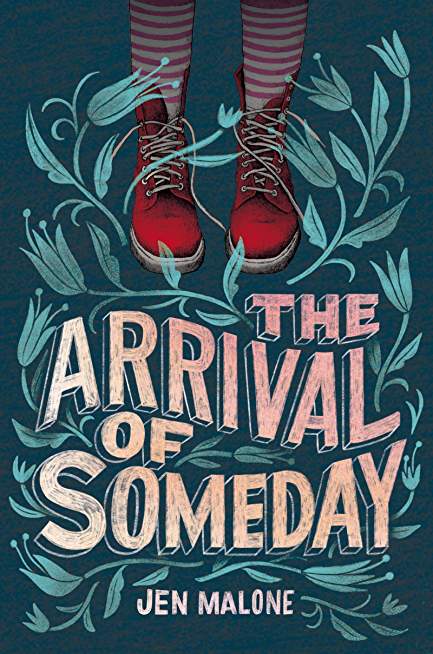

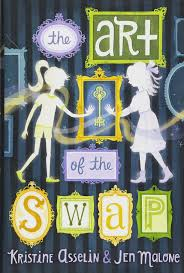

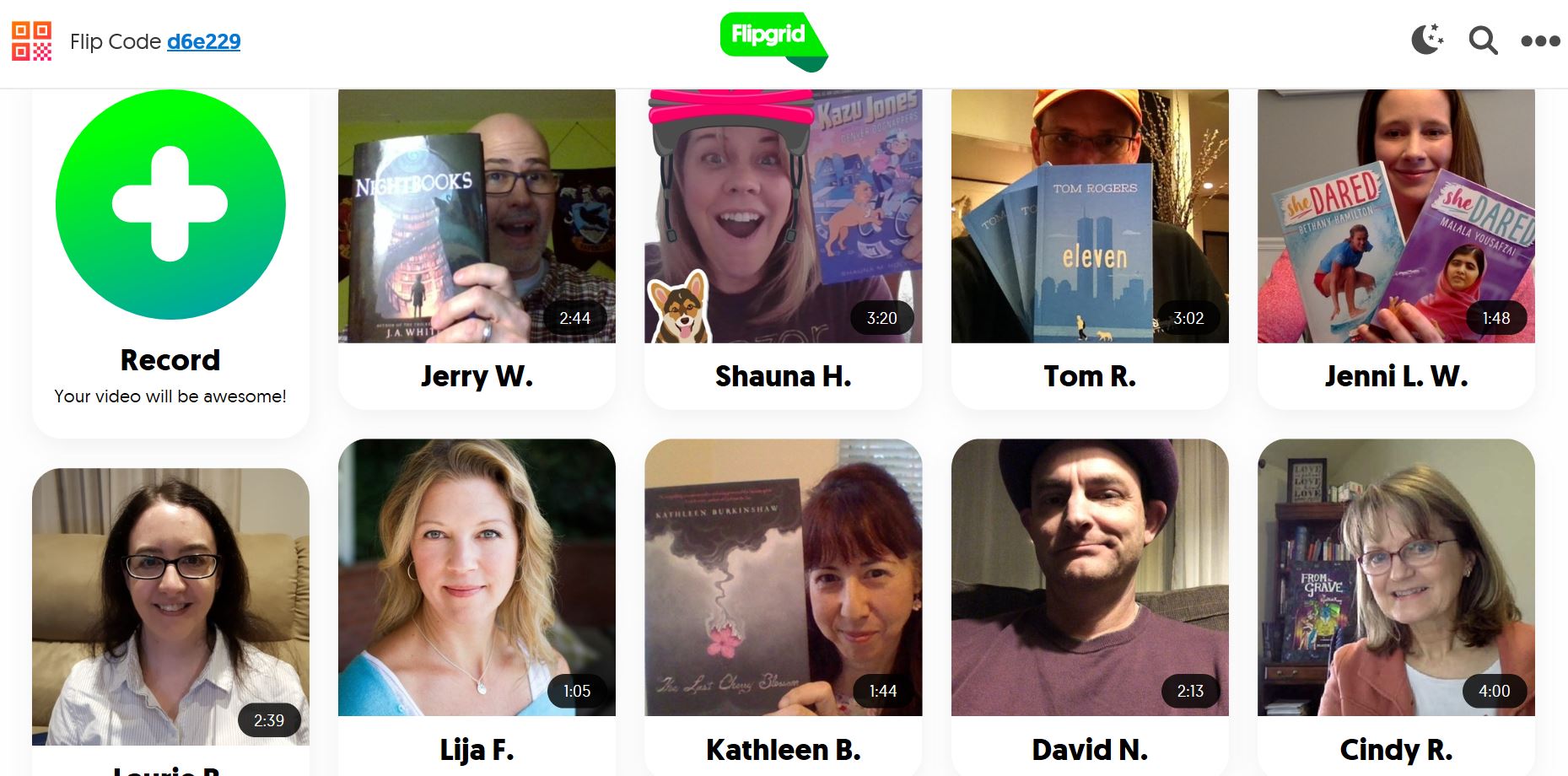 The author Flipgrid has had an enormous impact on my students and has made them eager to explore novels. They are amazed that published authors take the time to share their books and connect with them on such a personal level. It really does mean the world to them! There is now a remarkable interest in the books written by authors featured in our FlipGrid because they are connecting directly with our children. Students want to try new books and explore new genres because of the author videos. In addition, I have never had so many students recommending books to one another. Students will ask me for a book recommendation and another student jumps right into the conversation with, “Have you watched the flipgrid video on this book?” They have the book in hand and are eager to share with their peers. The author videos just spark a whole new level of excitement in middle school. My fifth graders, a class of eighty-two students, have almost read 1,000 novels this school year thanks to this new project. We talk about, celebrate, and discuss books more than ever, and for middle school students that is a big deal!
The author Flipgrid has had an enormous impact on my students and has made them eager to explore novels. They are amazed that published authors take the time to share their books and connect with them on such a personal level. It really does mean the world to them! There is now a remarkable interest in the books written by authors featured in our FlipGrid because they are connecting directly with our children. Students want to try new books and explore new genres because of the author videos. In addition, I have never had so many students recommending books to one another. Students will ask me for a book recommendation and another student jumps right into the conversation with, “Have you watched the flipgrid video on this book?” They have the book in hand and are eager to share with their peers. The author videos just spark a whole new level of excitement in middle school. My fifth graders, a class of eighty-two students, have almost read 1,000 novels this school year thanks to this new project. We talk about, celebrate, and discuss books more than ever, and for middle school students that is a big deal!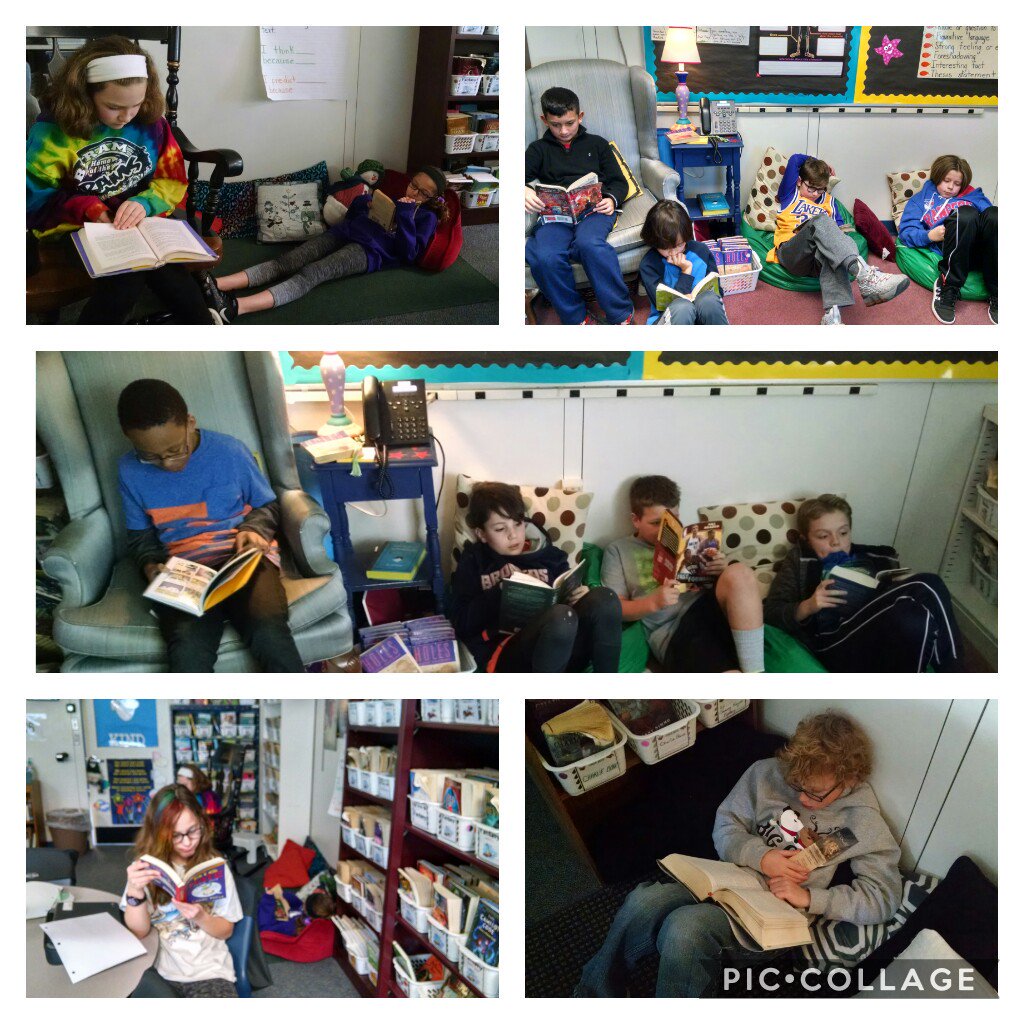 This new project has taught me that stepping out of my comfort zone and trying something new opened up a whole new world for my students as well as myself. The connections I have formed, the books I have learned about, and the students who have found a true love of reading this year, would not have been possible if I did not start this Flipgrid page. When I first started out, I hoped to get one author video because I was not sure how this idea would go over. I quickly learned that most authors were eager to have the chance to connect with students, and they were excited to try to create a video. Currently, the author flipgrid is close to hitting fifty videos! To be honest, I am just as excited when a new author video appears on our grid as the students.
This new project has taught me that stepping out of my comfort zone and trying something new opened up a whole new world for my students as well as myself. The connections I have formed, the books I have learned about, and the students who have found a true love of reading this year, would not have been possible if I did not start this Flipgrid page. When I first started out, I hoped to get one author video because I was not sure how this idea would go over. I quickly learned that most authors were eager to have the chance to connect with students, and they were excited to try to create a video. Currently, the author flipgrid is close to hitting fifty videos! To be honest, I am just as excited when a new author video appears on our grid as the students.
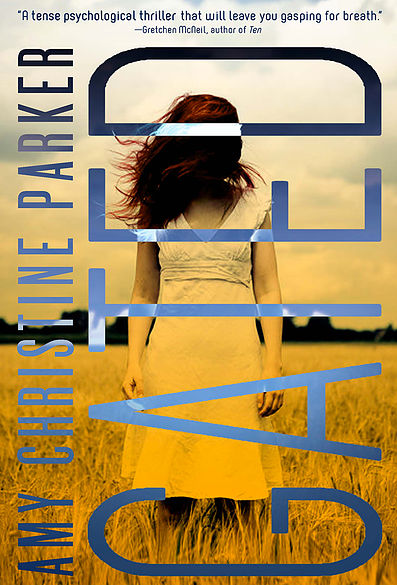
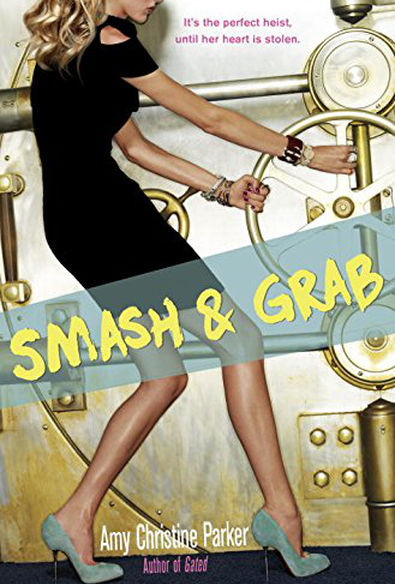


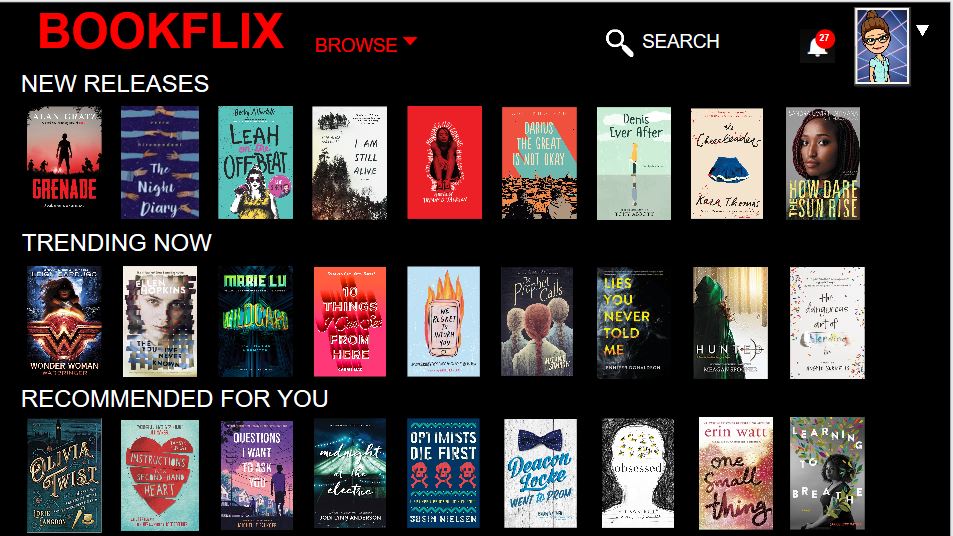
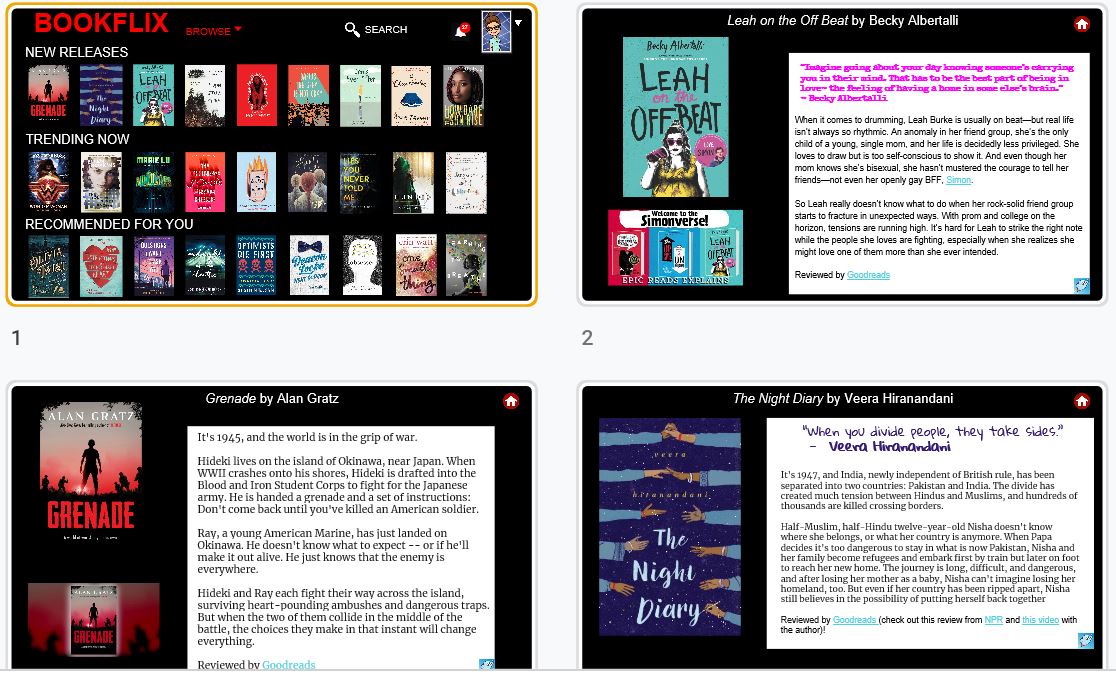 Have you found it useful to getting teens excited about books?
Have you found it useful to getting teens excited about books?

